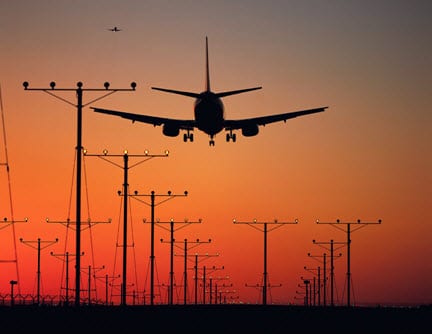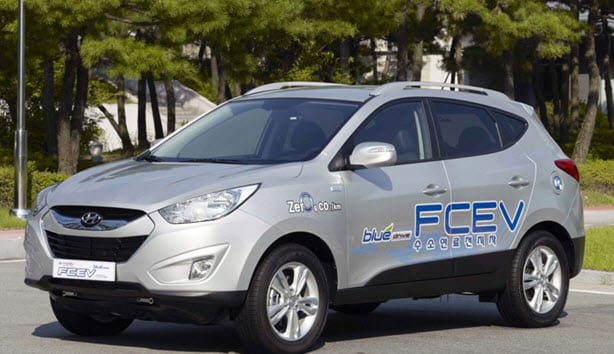
USDA researchers focus on unused land for alternative energy systems
May 7, 2012Availability of land an issue for alternative energy
As the U.S. becomes more interested in alternative energy, the issue of space is becoming problematic. For alternative energy systems like solar panels, large amounts of space are required. Unfortunately, the U.S. has a limited supply of suitable land for such energy systems. Researchers from the U.S. Department of Agriculture may have found a solution to this problem. The agency has been looking into how to make use of land in a more efficient way and has targeted the country’s airports as promising hosts for alternative energy systems.
Airports could be an ideal host for solar and wind energy systems
Airports cover large expanses of land. The only land used by airports, however, is that used for runways, terminals and storage facilities. The vast majority of space that is allocated to a single airport is, therefore, excessive. USDA researchers believe that this land can be put to good use without disrupting an airport’s operations. Researchers have produced a report that suggests that this land would be well suited to host solar and wind energy systems as well as biofuel production projects.
Airport energy systems could help wildlife survive and improve safety
The report indicates that the U.S. currently boasts of more than 1,200 square miles of unused land that is located at or around airports. Doctor Travis DeVault with the USDA believes that this land could be used to harbor wind and solar energy systems. Researchers suggest that alternative energy systems taking root in these areas could also have a beneficial impact on local wildlife while improving the safety of these airports. These systems could discourage wildlife from making their way into the airports and causing problems.
Land managers may not be accepting of new energy systems on unused land
This unused land is not without an owner, however, which may mean that alternative energy systems may never find their way to airports. Land managers are, in the past, been highly cautious of introducing anything that may affect local wildlife to the land around airports. USDA researchers note that if managers cannot be persuaded to be more accommodating of alternative energy systems, the land may continue to go unused for some time.



 With over 15 years of reporting hydrogen news, we are your premier source for the latest updates and insights in hydrogen and renewable energy.
With over 15 years of reporting hydrogen news, we are your premier source for the latest updates and insights in hydrogen and renewable energy.